Termites are a homeowner’s nightmare. They silently and relentlessly chew through wood, causing extensive and costly damage before you know they’re there. At WhamBamPest, we understand the stress and worry that comes with the possibility of a termite infestation. That’s why we’re committed to providing thorough and affordable termite inspecHow much does termite inspection cost?
In this article, we’ll explore everything you need to know about Termite Chemical Barrier Cost, including the factors that influence them, how to prepare for an inspection, and tips for preventing termite infestations.
Identifying a termite infestation early can save you thousands of dollars in repairs. Here are some common signs you might have termites:
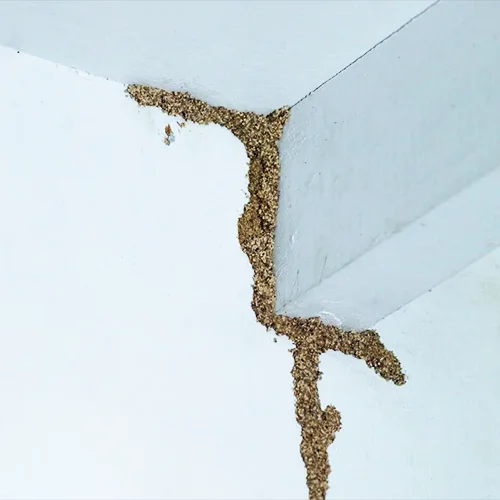
Mud Tubes
Termites build mud tubes as protective pathways from their colony to their food source. These tubes are often found along the foundation of your home, walls, or in crawl spaces. If you notice these mud tubes, it’s crucial to get a termite inspection immediately.
Get A Free Quote
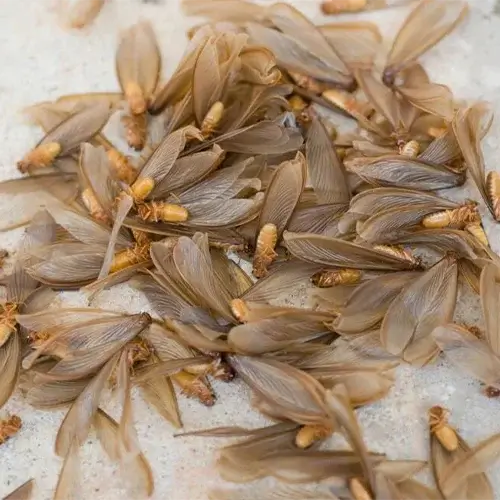
Discarded Wings
Swarming termites shed their wings once they find a new place to establish a colony. Finding piles of these discarded wings near windows, doors, or other entry points is a clear sign of termites. This can be a strong indicator that you need to check termite inspections costs and schedule an inspection.
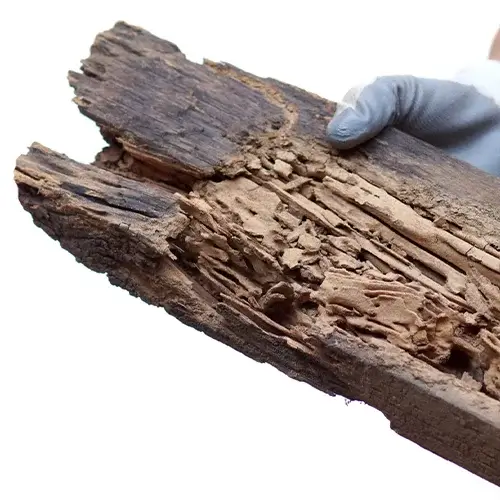
Hollow-Sounding Wood
Termites eat wood from the inside out, leaving a thin veneer on the outside. If you tap on wood in your home and it sounds hollow, it might be due to termites. This is a significant sign that a termite inspection is necessary to assess the extent of the infestation.
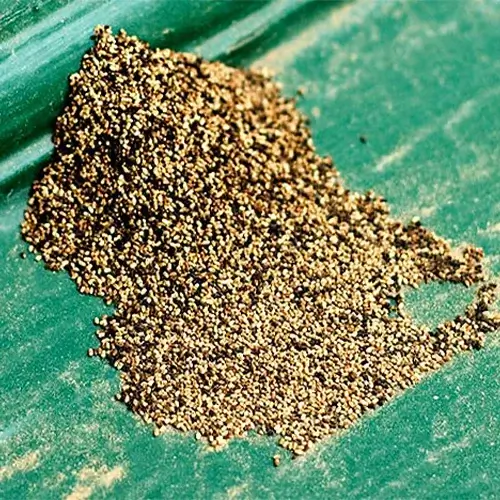
Frass
Termite droppings, also known as frass, are small, pellet-like structures that termites push out of their tunnels. Finding frass near wooden structures is a sign of termite activity. Monitoring for frass can help you determine when it’s time to consider termite inspections costs.
How Much Does Termite Inspection Cost?
The cost of a termite inspection can vary widely based on several factors, including your location, the size of your home, and the type of inspection. On average, homeowners can expect to pay between $75 and $150 for a basic termite inspection. However, in regions like Queensland (QLD) and New South Wales (NSW), termite inspections costs may be slightly higher due to the higher risk of termite infestations in these areas.
Read More:
How much does termite treatment cost?
Termite Inspections Costs QLD
In Queensland, the warm, humid climate creates an ideal environment for termites. As a result, termite inspections costs in QLD can range from $100 to $200. This higher cost reflects the increased need for thorough inspections in this high-risk area. Regular inspections are crucial in QLD to prevent extensive damage from termite infestations.
Termite Inspections Costs NSW
Similarly, in New South Wales, termite inspections costs range from $90 to $180. The variability in cost depends on factors such as the extent of the inspection and the specific location within NSW. Given the climate and environmental conditions in NSW, regular termite inspections are advisable to maintain the integrity of your property.
Feel Free to connect with us
What Are Termites and How Do They Get Into Your Home?
Termites are small, wood-destroying insects that live in colonies. They feed primarily on cellulose, which is found in wood and other plant materials. There are several species of termites, but the most common ones that infest homes are subterranean termites, drywood termites, and dampwood termites.
Subterranean Termites
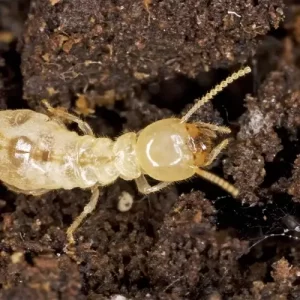
Subterranean
These termites build colonies in the soil and require moisture to survive. They build mud tubes to reach wood above ground and are the most destructive type of termite. Their colonies can grow rapidly, making regular termite inspections crucial to detect and mitigate infestations.
Drywood Termites
Drywood
Drywood termites do not require contact with soil and can live directly in the wood they infest. They are often found in attics, wooden furniture, and walls. These termites can be harder to detect, making the understanding of termite inspections costs and regular inspections essential.
Dampwood Termites
Dampwood Termites
Dampwood termites prefer moist wood and are usually found in areas with high humidity or where wood is in contact with soil or water. Keeping an eye on areas prone to moisture can help prevent infestations from these types of termites.
Read More: Termite Treatment Cost Sydney A Complete Guide For you
How Do Termites Get Into Your Home?
Termites can enter your home through several avenues:
- Cracks and Crevices: Termites can squeeze through tiny cracks in your foundation or walls. Sealing these entry points can help reduce the risk of an infestation.
- Wood-to-Ground Contact: Wooden structures that touch the ground, such as decks or porches, provide easy access for termites. Keeping wood off the ground can help mitigate this risk.
- Leaky Pipes and Poor Drainage: Moisture from leaks or poor drainage attracts termites and creates ideal conditions for them to thrive. Addressing these issues promptly can prevent termites from establishing colonies in your home.
- Firewood and Mulch: Storing firewood or using mulch near your home can invite termites to establish colonies close to your foundation. Proper storage practices can help reduce this risk.
How to Prepare for a Termite Inspection

Preparing your home for a termite inspection ensures that the inspector can thoroughly evaluate your property. Here’s how to get ready:
Clear Access Points
Ensure that the inspector has clear access to areas such as the attic, basement, crawl spaces, and the exterior of your home. Move furniture, boxes, and other obstructions away from walls and corners. This helps the inspector to conduct a more thorough assessment, potentially impacting termite inspections costs if additional services are needed.
Trim Vegetation
Trim back any vegetation that touches the exterior of your home. This makes it easier for the inspector to check for signs of termite activity. Overgrown vegetation can obscure potential entry points and termite activity areas.
Remove Stored Items
Remove any items stored against the foundation or in crawl spaces. These areas need to be easily accessible for a thorough inspection. Clutter can hide termite damage and make it harder for the inspector to do a complete evaluation.
Address Moisture Issues
Fix any leaks and address areas with poor drainage. Reducing moisture in and around your home can help prevent termite infestations. Since termites are attracted to moisture, resolving these issues can reduce the chances of an infestation.
Inform the Inspector
Let the inspector know about any areas where you’ve noticed signs of termites or previous treatments. This information can help guide the inspection. Being upfront about past issues can assist the inspector in focusing on high-risk areas, potentially reducing future termite inspections costs.
How to Prevent Termite Infestations
Preventing termite infestations is crucial for protecting your home. Here are some effective strategies:
Reduce Moisture
As termites are attracted to moisture, reducing moisture levels in and around your home is essential. Repair leaky pipes, ensure proper drainage, and use dehumidifiers in damp areas. Regularly checking for and addressing moisture issues can help prevent termites from finding your home attractive.
Use Treated Wood
When building or repairing structures, use termite-resistant or treated wood. These materials are less attractive to termites and can help prevent infestations. Investing in treated wood can be a cost-effective way to reduce future termite inspections costs.
Create Barriers
Install physical barriers, such as metal shields or sand, between the soil and wooden structures. These barriers make it harder for termites to reach the wood. Barriers can be an effective part of a comprehensive termite prevention strategy.
Regular Inspections
Schedule regular termite inspections, especially if you live in a high-risk area like QLD or NSW. Early detection can save you from costly repairs and extensive damage. Knowing the termite inspections costs and scheduling routine inspections can help maintain your property’s health.
Maintain Your Home
Keep your home in good repair. Seal cracks and crevices, and ensure that wood is not in direct contact with soil. Regular maintenance can help keep termites at bay. Staying proactive with home maintenance can reduce the need for emergency termite inspections and treatments.
Read More: how much does a termite barrier cost?
Feel Free to connect with us
Most Dangerous Australian Spiders
Australia is known for its wide variety of wildlife, and spiders are no exception. While the idea of a deadly spider might be scary, it’s important to remember that bites from even the most venomous spiders are very rare. Additionally, effective antivenom treatments are available for all Australian spider bites.
Redback Spiders:
One of the two deadliest Australian spiders, redback bites can be lethal to humans. This spider is arguably the most well-known, and common in most Australian homes. They are usually polished black with a beautiful red stripe on the back and about the size of a 10c coin. Due to their preference for the dark corners of structures, redbacks have become much more prevalent in Australia. Redbacks spend most of their adult lives in the same location. Though they don’t like to bite, they will if they feel threatened. Unfortunately, this occurs fairly frequently when humans unintentionally intrude on their territory due to their tendency to hide under trash bin handles and frequently behind toilet seats. Their bites are painful, inflammatory, and gradually spread, and they frequently have numerous other serious side effects like sweating and muscle spasms. Although hospitalization isn’t usually necessary for bites, it’s always a good idea to seek medical attention if someone has been bitten.
Funnel Web Spiders:
Given its extremely lethal venom and propensity to attack when threatened, not to mention its enormous fangs that can pierce through shoe leather, this spider may be the most dangerous in any part of Australia. Funnelweb venom is strong and acts quickly, causing severe discomfort upon biting. Unusual side effects include drooling, goosebumps, tears, spasms in the muscles, an increased heart rate, and confusion are frequently experienced. Although they have occasionally been discovered in other states, they are primarily found on Australia’s east coast. Their webs have a unique funnel-like shape, which gave them their name. While males like to roam during the warmer months in search of females to mate with—which is usually when they come into contact with humans—females typically remain inside their webs.
What Determines a Termite Inspection Cost?
Several factors influence the cost of a termite inspection:
Size of the Property
Larger properties take longer to inspect and may require more resources, increasing the cost of the inspection. Understanding how property size impacts termite inspections costs can help you budget appropriately.
Type of Inspection
There are different types of termite inspections, including visual inspections, thermal imaging, and moisture meters. More advanced inspection methods can increase the cost. Choosing the right type of inspection can provide the best protection for your home.
Location
The cost of termite inspections can vary based on your location. In high-risk areas like QLD and NSW, inspections may be more expensive due to the increased likelihood of termite activity. Being aware of regional termite inspections costs can help you plan for necessary inspections.
Inspection Frequency
Regular inspections may come at a discounted rate compared to one-time inspections. Many pest control companies offer packages that include multiple inspections per year. Considering package deals can be a cost-effective way to manage termite inspections costs.
Extent of Infestation
If an infestation is found, the cost may increase due to the need for more detailed inspection and potential treatment recommendations. Understanding how the severity of an infestation affects costs can help you prepare for potential expenses.
Experience and Reputation of the Inspector
Experienced and reputable inspectors may charge higher fees due to their expertise and reliability. Investing in a quality inspection can provide peace of mind and more accurate results.
Accessibility
Difficult-to-access areas may require special equipment or additional time, which can increase the cost of the inspection. Ensuring your property is easily accessible can help manage inspection costs.
Conclusion
Understanding termite inspections costs and what influences them can help you make informed decisions about protecting your home from these destructive pests. At WHAM BAM
Pest Control, we are dedicated to providing thorough and affordable termite inspections to ensure your peace of mind. Wherever you are, regular termite inspections are essential for safeguarding your property. Remember, early detection and prevention are key to avoiding costly damage and extensive repairs. Contact WhamBamPest today to schedule your termite inspection and protect your home from these silent invaders.
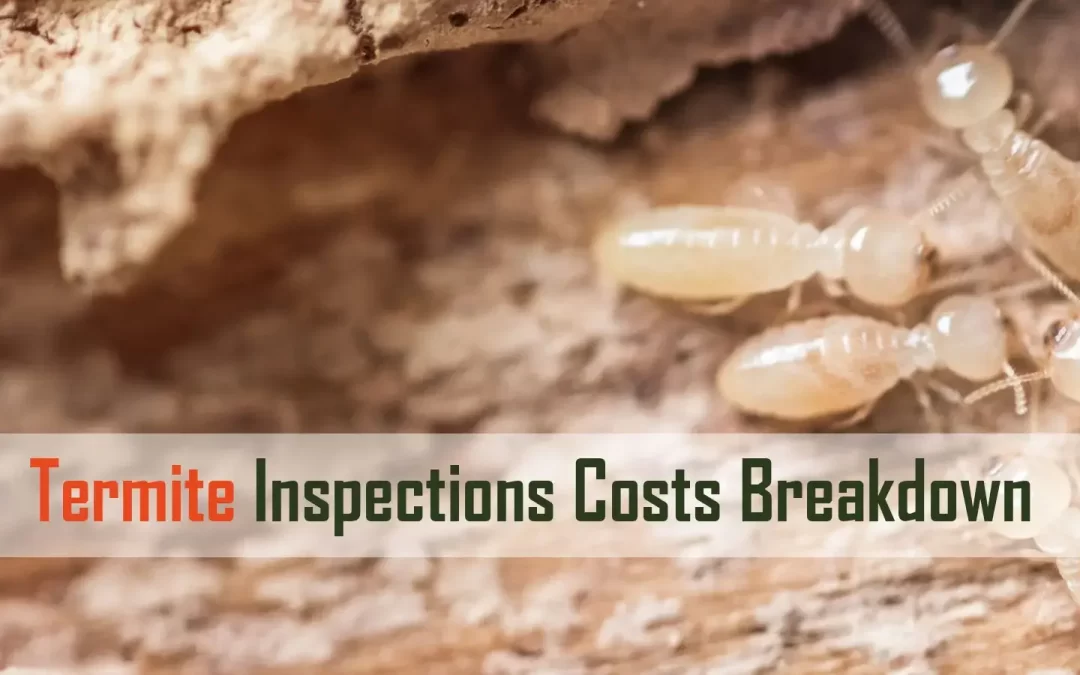
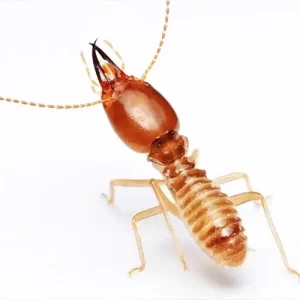
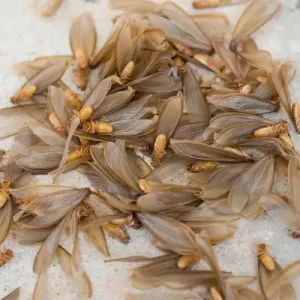
0 Comments